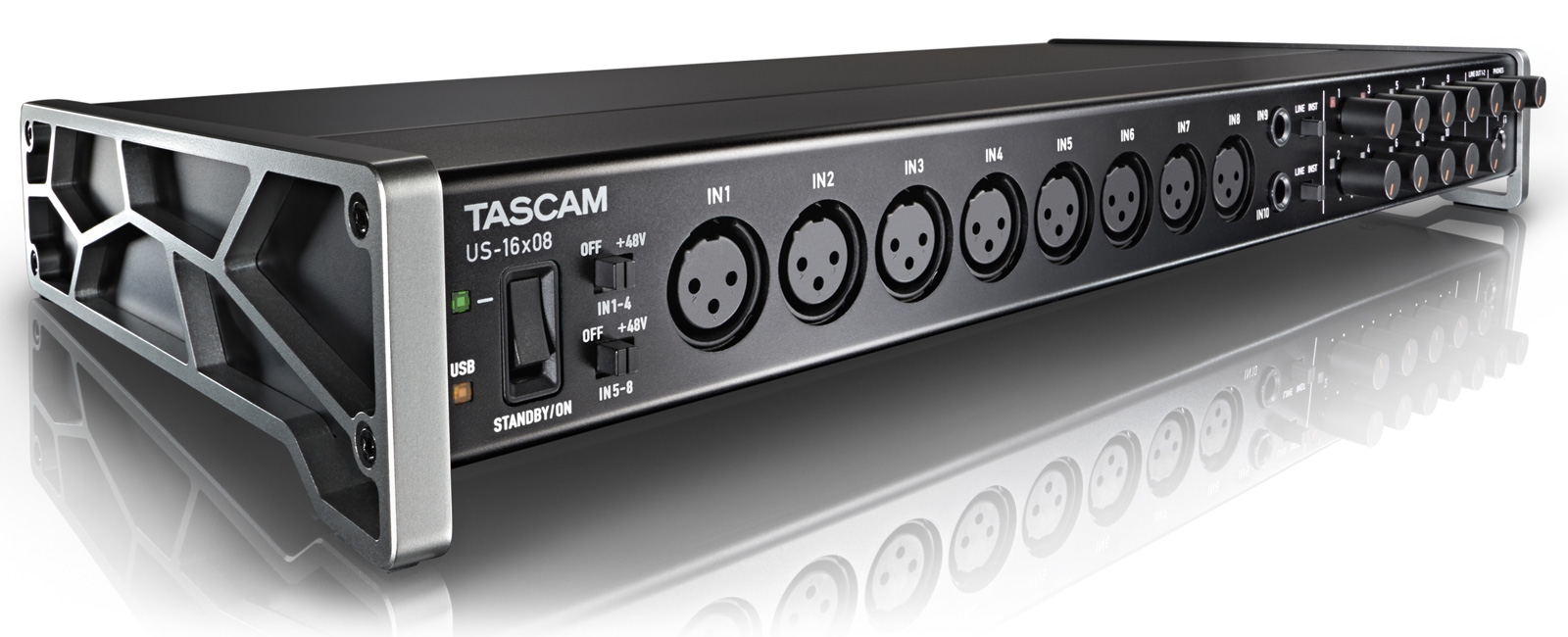wesc
New member
Hi all,
So, our band is growing, and we're playing more gigs. I've been reading various articles on recording our live sound, but I'm still a bit confused about the best way to do it. Until now, I’ve purely focused on getting a great live sound, but now I really want to start recording each channel separately so we can play around with mixing and editing later in post.
I recently got my hands on an Allen & Heath ZED-22FX Live Mixer, which is a big upgrade from my current Behringer Xenyx mixer. It's greatly improved our live sound and has given us more inputs. Now, I’m eager to figure out how to use it for recording.
I read this article on recording live sound from a mixing board, and it mentioned using a multi-channel interface to connect each channel from the mixer via the ‘inserts’ to the respective channel on the interface. My mixer doesn't have direct-outs for each channel, so I’m trying to work out how to use the inserts for effective recording.
Here's where I'm a bit stuck and have a few questions:
Am I asking too much? ?
Thanks a lot for your help in advance! Any advice is invaluable.
Wes
So, our band is growing, and we're playing more gigs. I've been reading various articles on recording our live sound, but I'm still a bit confused about the best way to do it. Until now, I’ve purely focused on getting a great live sound, but now I really want to start recording each channel separately so we can play around with mixing and editing later in post.
I recently got my hands on an Allen & Heath ZED-22FX Live Mixer, which is a big upgrade from my current Behringer Xenyx mixer. It's greatly improved our live sound and has given us more inputs. Now, I’m eager to figure out how to use it for recording.
I read this article on recording live sound from a mixing board, and it mentioned using a multi-channel interface to connect each channel from the mixer via the ‘inserts’ to the respective channel on the interface. My mixer doesn't have direct-outs for each channel, so I’m trying to work out how to use the inserts for effective recording.
Here's where I'm a bit stuck and have a few questions:
- What multi-channel interface do people recommend? I just need something simple to capture the raw sound from each channel, nothing fancy. I need 16 channels, ideally. A friend suggested the Behringer UMC1820, which has 8 inputs and can be expanded to 16 channels with the ADAT input, but that means getting two interfaces (which might be cumbersome?).
- What cables do I need to make the connection? Can I use standard TRS 1/4 inch jacks, or do I need special ‘insert cables’ (1/4 inch to dual 1/4 inch)?
- If it's insert cables, does the recording interface need to have matching inputs and outputs (as I assume the cable needs to loop back into the interface)?
- Or if it's just regular jacks, I’m assuming the only output required is the USB connection to my computer.
- And should I follow the advice on this forum about putting the jacks in only till the first click?
- The article linked above also mentions patch bays. What are those, and do I really need one for this setup?
- Will using inserts cause any noise since they're unbalanced? (I guess using short cables to the interface could help negate that, though).
Am I asking too much? ?
Thanks a lot for your help in advance! Any advice is invaluable.
Wes


